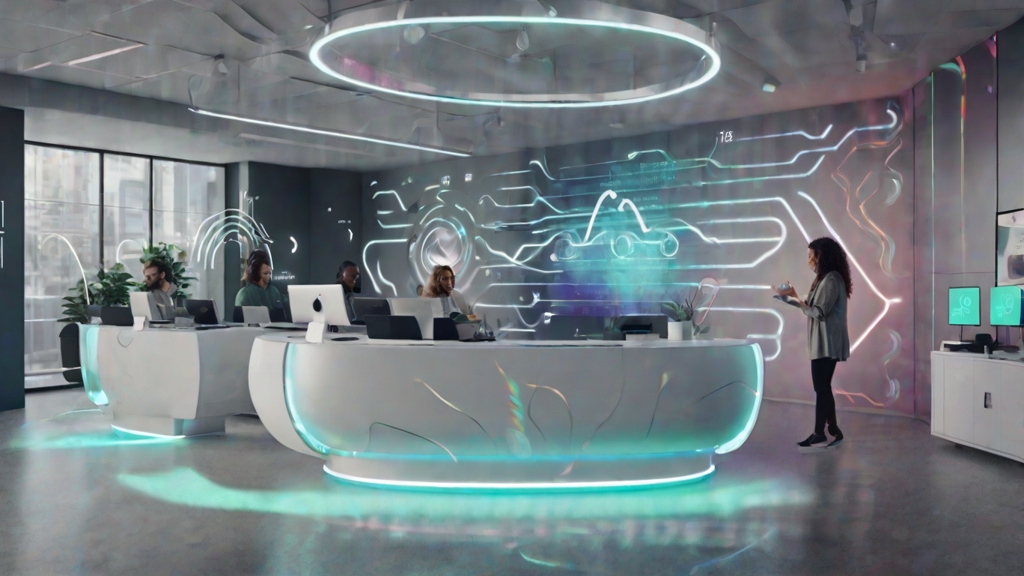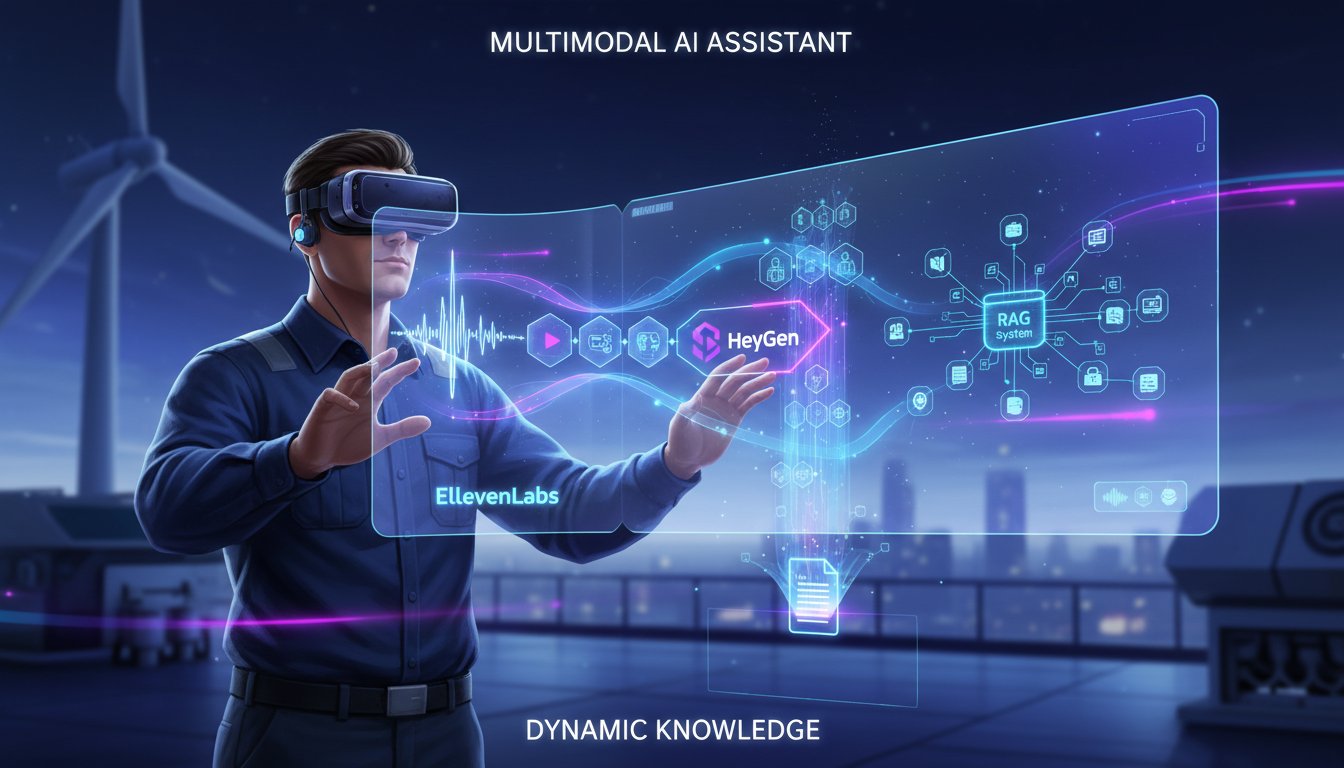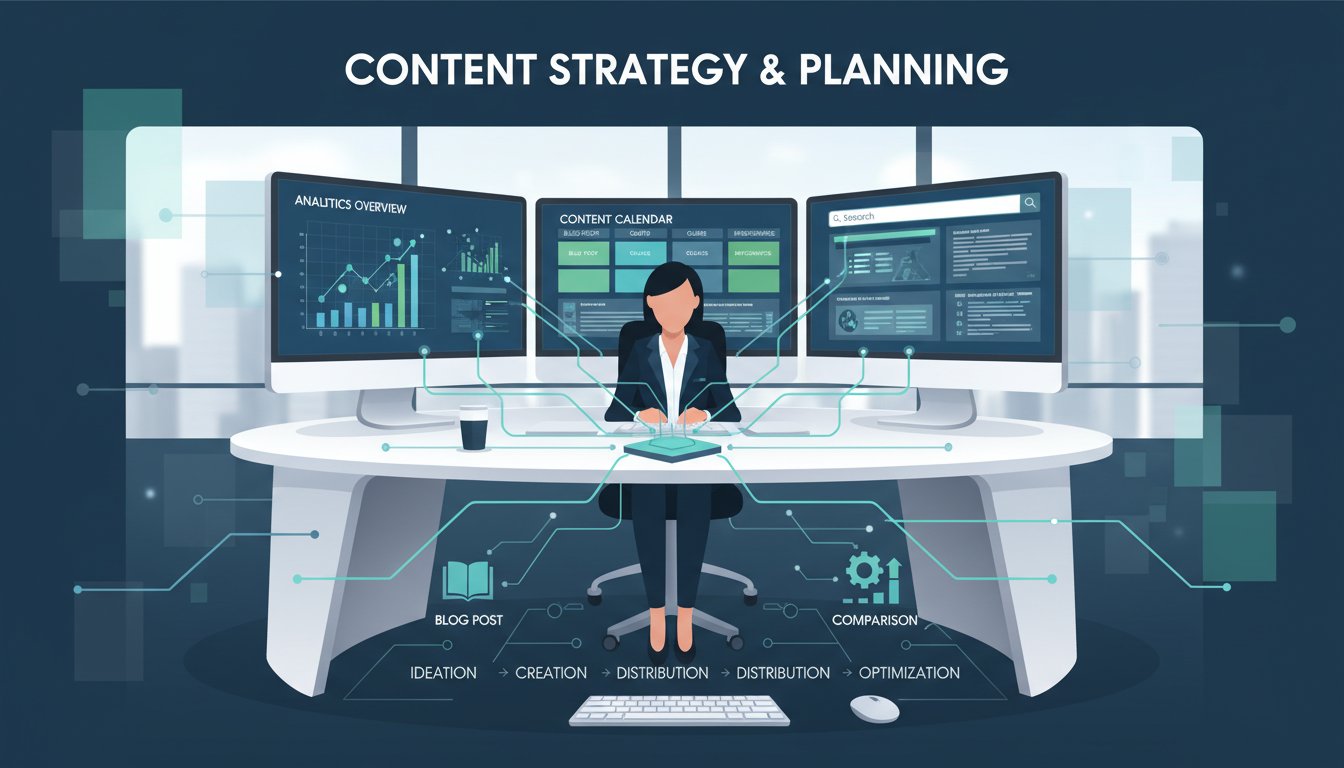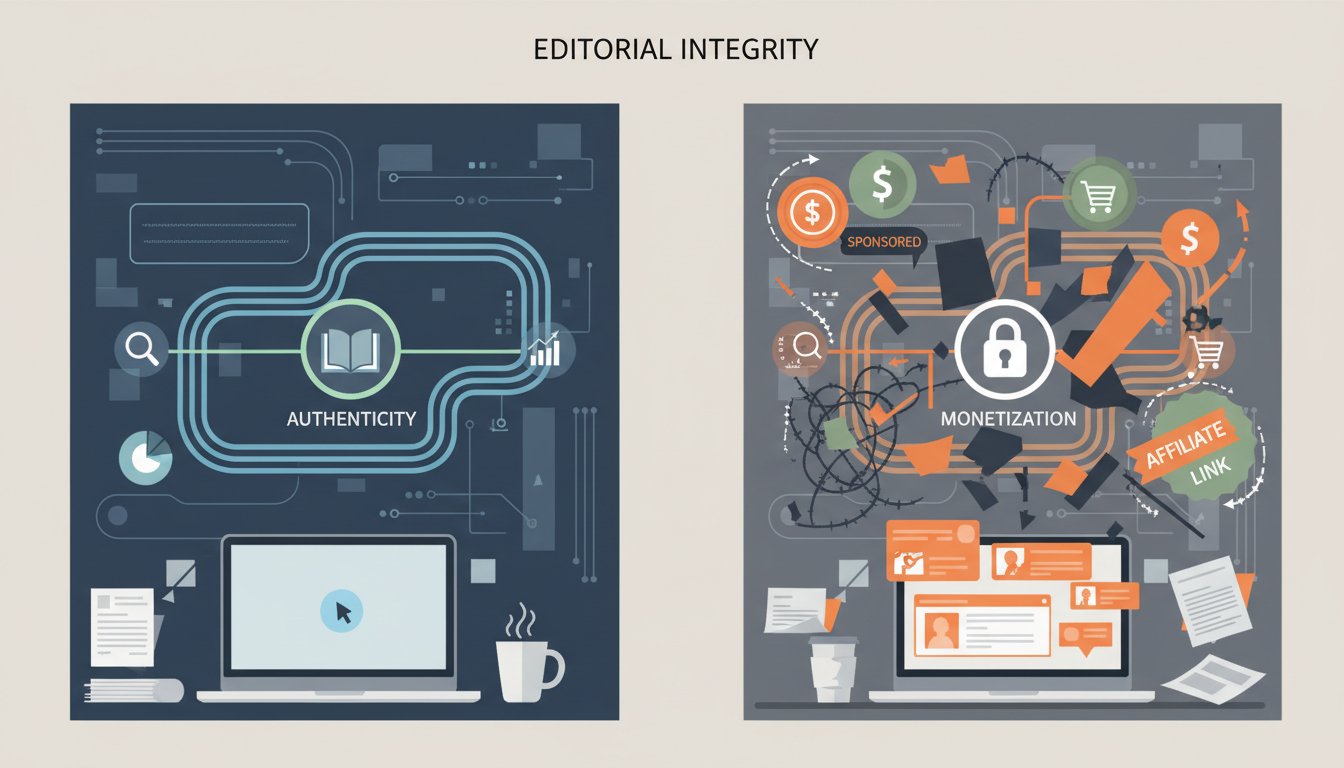In the rapidly evolving landscape of customer service, artificial intelligence continues to unlock new frontiers for efficiency and personalization. At Rag About It, we focus on AI RAG (Retrieval Augmented Generation) technologies, and today we’re exploring a powerful complementary AI tool: ElevenLabs for voice generation, integrated with Zendesk. While not a direct RAG implementation, this guide aligns with our mission of showcasing tools for enterprise-grade AI systems. We’ll demonstrate how to enhance customer service outputs—potentially driven by RAG-retrieved information—with realistic, human-like AI voices.
This article is a technical walkthrough designed for developers, IT professionals, and customer experience leaders. We’ll guide you through integrating ElevenLabs’ cutting-edge AI voice capabilities with the Zendesk customer service platform, covering the step-by-step API setup and configuration process. Furthermore, we’ll explore practical use cases that can revolutionize your support operations.
Why Bridge AI Voice with Your Zendesk Workflow?
The integration of ElevenLabs’ sophisticated voice AI into Zendesk offers a multitude of benefits:
- Enhanced Personalization: Move beyond text-based responses. Dynamically generate voice messages in various styles, tones, and languages to create a more personal connection with your customers.
- Improved Efficiency: Automate the creation of voice responses for frequently asked questions, freeing up your agents to handle more complex issues.
- Reduced Response Times: Instantly generate audio replies, providing quicker resolutions and boosting customer satisfaction.
- Accessibility: Cater to customers who prefer audio content or have visual impairments.
- Agent Empowerment: Provide agents with tools to quickly generate audio summaries of lengthy ticket histories for faster onboarding or internal escalations.
Getting Started: Integrating ElevenLabs with Zendesk
While Zendesk doesn’t offer a native, out-of-the-box integration with ElevenLabs, leveraging their powerful APIs allows for a robust connection.
Prerequisites:
- An ElevenLabs Account: Sign up at ElevenLabs (you can try for free now!) and obtain your API key from your account dashboard.
- A Zendesk Account: You’ll need administrator access to your Zendesk instance to implement custom solutions or install apps.
- Development Environment (Optional but Recommended): A platform like Python or Node.js is ideal for scripting interactions between ElevenLabs and Zendesk APIs.
Step 1: Familiarize Yourself with the ElevenLabs API
The ElevenLabs API is well-documented and allows you to convert text to speech, clone voices, and manage your voice library. Key endpoints include text-to-speech generation and voice management.
Step 2: Conceptual Zendesk Integration Points
Directly embedding ElevenLabs functionality into Zendesk can be achieved in several ways:
- Zendesk Apps Framework (ZAF): Develop a private Zendesk app. This app could present a UI within the agent interface, allowing agents to select text from a ticket, send it to the ElevenLabs API, and then attach the generated audio file to the ticket response or play it back.
- Server-Side Integration via Webhooks: Configure Zendesk webhooks to trigger a script on your server when specific events occur (e.g., a new ticket is created with a certain tag). This script can then process ticket data, use information (perhaps retrieved by a RAG system) to formulate a text response, send it to the ElevenLabs API for voice generation, and then update the Zendesk ticket with the audio file or a link to it using the Zendesk API.
- Third-Party Integration Platforms: Services like Zapier or Make.com can sometimes provide connectors or custom API call features to bridge the gap, though these may have limitations for complex scenarios.
Step 3: Example – Generating Voice with Python (Conceptual)
Here’s a conceptual Python snippet demonstrating how you might call the ElevenLabs API to generate an audio file from text. This script would typically run on a server or as part of a custom Zendesk app’s backend.
import requests
ELEVENLABS_API_KEY = "YOUR_ELEVENLABS_API_KEY"
VOICE_ID = "YOUR_CHOSEN_VOICE_ID" # e.g., '21m00Tcm4TlvDq8ikWAM'
TEXT_TO_SPEAK = "Hello, thank you for contacting our support. We are looking into your issue."
url = f"https://api.elevenlabs.io/v1/text-to-speech/{VOICE_ID}"
headers = {
"Accept": "audio/mpeg",
"Content-Type": "application/json",
"xi-api-key": ELEVENLABS_API_KEY
}
data = {
"text": TEXT_TO_SPEAK,
"model_id": "eleven_multilingual_v2", # Or your preferred model
"voice_settings": {
"stability": 0.5,
"similarity_boost": 0.75
}
}
response = requests.post(url, json=data, headers=headers)
if response.status_code == 200:
with open('support_response.mp3', 'wb') as f:
f.write(response.content)
print("Audio file generated successfully: support_response.mp3")
else:
print(f"Error: {response.status_code} - {response.text}")
Important: In a real-world Zendesk integration, this script would be part of a larger workflow. For example, TEXT_TO_SPEAK might come from a Zendesk ticket. The generated support_response.mp3 would then be uploaded to the ticket as an attachment or hosted, and a link provided in a public or private comment via the Zendesk API.
Practical Use Cases in Zendesk
- Automated Voice Responses for Common Queries:
- Scenario: A customer submits a ticket about a common issue like a password reset.
- Integration: A Zendesk trigger/automation identifies the ticket’s intent (potentially aided by AI classification or keywords). A pre-drafted text response (which could be fine-tuned or initially generated by a RAG system for accuracy) is sent to ElevenLabs API. The generated audio is attached to an email response or made available via a link in the ticket.
- Audio Summaries of Complex Tickets:
- Scenario: An agent needs to quickly understand a long and complex ticket history before engaging with the customer or escalating the issue.
- Integration: A custom Zendesk app allows the agent to click a button. The app fetches the ticket conversation, summarizes it (perhaps using another AI for summarization), and sends the summary text to ElevenLabs. The agent can listen to the audio summary, saving valuable time.
- Personalized Customer Interactions:
- Scenario: You want to provide a VIP customer with a highly personalized update or thank you message.
- Integration: An agent types a custom message in a Zendesk app interface. The app uses a specific cloned voice (with appropriate permissions) or a premium quality standard voice from ElevenLabs to generate the message, adding a unique and memorable touch to the interaction.
- Proactive Outbound Notifications:
- Scenario: Informing customers about service maintenance or an update to their issue.
- Integration: Using Zendesk API and Proactive Tickets, you can trigger automated workflows that generate personalized voice messages via ElevenLabs for outbound notifications, potentially delivered via integrated VoIP services.
The Road Ahead: A More Vocal Customer Experience
Leveraging ElevenLabs’ AI voice capabilities within your Zendesk environment opens up a new dimension of customer interaction. By automating routine voice tasks and personalizing communications, you can significantly improve agent efficiency, reduce response times, and elevate the overall customer experience.
While this guide provides a starting point, the possibilities are extensive. As AI voice technology continues to advance, its role in customer service will only become more integral.
Ready to explore the power of AI-driven voice? Visit ElevenLabs and try for free now!
This integration path, focusing on enhancing outputs (which can be initially drafted or informed by RAG systems), aligns perfectly with Rag About It’s commitment to showcasing practical, enterprise-grade AI solutions. Start building a more engaging and efficient customer support system today.




